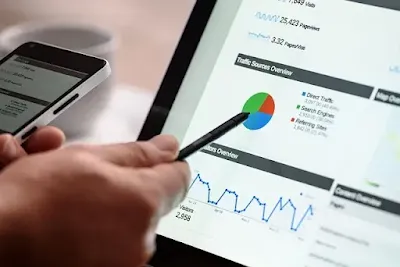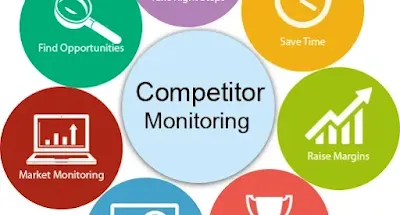In the competitive world of business, staying ahead means staying informed. Competitor monitoring is the game-changing strategy that can authorise you to play the game management definetion and score big. In this expert guide, we'll explore the art of competitor monitoring, providing you with practical insights, a step-by-step roadmap, and the knowledge you need to make informed decisions and out class your rivals.
Table of Contents:
Introduction
Why Competitor Monitoring Matters
The Benefits of Effective Competitor Monitoring 1. Informed Decision-Making 2. Market Insights 3. Identifying Opportunities 4. Staying Ahead of Trends
The Pros and Cons of Competitor Monitoring 1. Pros 2. Cons
Getting Started: A Step-by-Step Guide 1. Identify Your Competitors 2. Define Your Objectives 3. Select Monitoring Tools 4. Gather Data 5. Analyse and Act
Competitor Monitoring in Action
FAQs About Competitor Monitoring
Conclusion
References
Introduction
In the flying world of business, knowledge is power. Competitor monitoring is your secret weapon to gaining valuable insights and gaining a competitive edge.
Why Competitor Monitoring Matters
Discover why keeping a watchful eye on your competitors is not just a choice but a necessity for success in today's business environment.
The Benefits of Effective Competitor Monitoring
1. Informed Decision-Making:
Make strategic choices based on real-time information about your competitors' activities.
2. Market Insights:
Gain a deeper understanding of market trends and customer preferences.
3. Identifying Opportunities:
Spot gaps in the market and capitalise on unexplored opportunities.
4. Staying Ahead of Trends:
Anticipate shifts in industry trends and consumer behaviour.
The Pros and Cons of Competitor Monitoring.
This table offers a clear summary of the advantages and potential drawbacks of implementing competitor monitoring strategies, helping businesses make informed decisions about their competitive intelligence efforts.
Getting Started: A Step-by-Step Guide
1. Identify Your Competitors:
Determine who your primary competitors are and prioritise monitoring efforts.
2. Define Your Objectives:
Clearly state what you aim to achieve through competitor monitoring.
3. Select Monitoring Tools:
Choose the right tools and resources to gather data effectively.
4. Gather Data:
Collect data on your competitors' online presence, strategies, and activities.
5. Analyse and Act:
Turn data into actionable insights and make informed strategic decisions.
Competitor Monitoring in Action
Explore real-world examples of businesses that have effectively employed competitor monitoring to achieve remarkable results.
FAQs About Competitor Monitoring
How often should I monitor my competitors?
What are the best tools for competitor monitoring?
How can I ethically gather competitor data?
How do I protect my strategies from being discovered?
Conclusion
Competitor monitoring is not a luxury; it's a necessity in today's competitive landscape. By mastering this strategy, you can make informed decisions, identify opportunities, and stay ahead of the competition.






